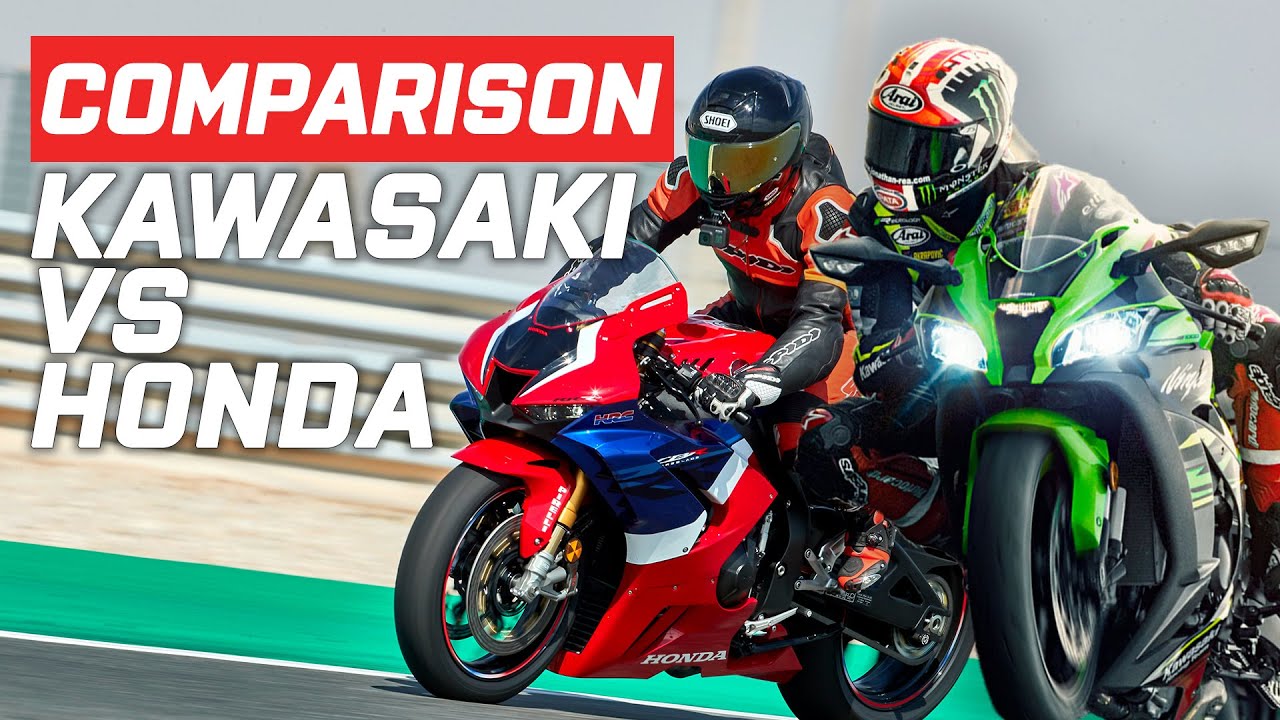Yamaha MT-07 powered flat-tracker ends 30-year winning drought
A Yamaha flat track motorcycle powered by an MT-07 engine has ended Yamaha’s winless streak in the top class of American Flat Track

THE Yamaha MT-07 DT (standing for dirt tracker) began its life as an internal project, a test if you like, to see how far the phenomenally successful MT-07 CP2 engine could be pushed. What it became was the bike that ended a 30-year winless streak for Yamaha in the top class of American Flat Track racing. Here’s how they did it…
One of the driving forces behind the MT-07 DT project was Tommy Hayden, who is a flat track and circuit racer, and also the brother of the late MotoGP champion Nicky Hayden. He heads up the Estenson Racing team.
“From a chassis point of view, it’s really similar to MotoGP, pretty much everything is a prototype,” Hayden explained. “In particular with our bike, we have made to our specification every piece of the chassis with very few restrictions per the rules. Whereas the engine, I would say it’s similar to World Superbike. It starts off as a production engine, but there’s very little production about it when we get finished with it. Even the parts that are not replaced are heavily machined and changed. The displacement is changed. Pretty much besides the shell of the engine cases, everything else is changed or modified.”
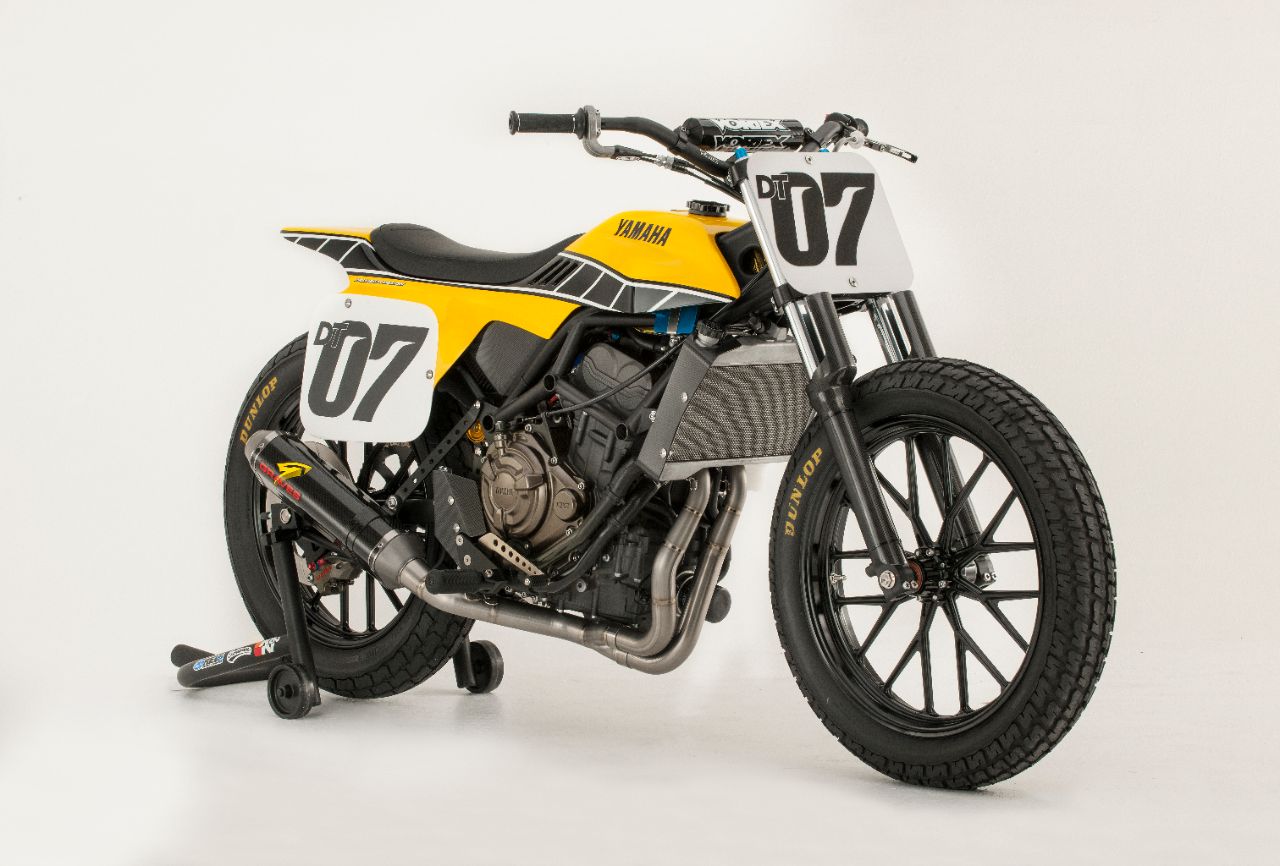
Prior to Tommy and his team taking the bike to the podium, the project started as an inhouse build by Yamaha America and their Racing Division Manager Keith McCarty, although it eventually ran out of funding and had to be dropped. Thankfully for Yamaha, Flat Track racing in the US and around the world began to go through a resurgence, giving the Estenson team the chance to revive the MT-07 DT and recognise the potential of the CP2 platform on the dirt oval.
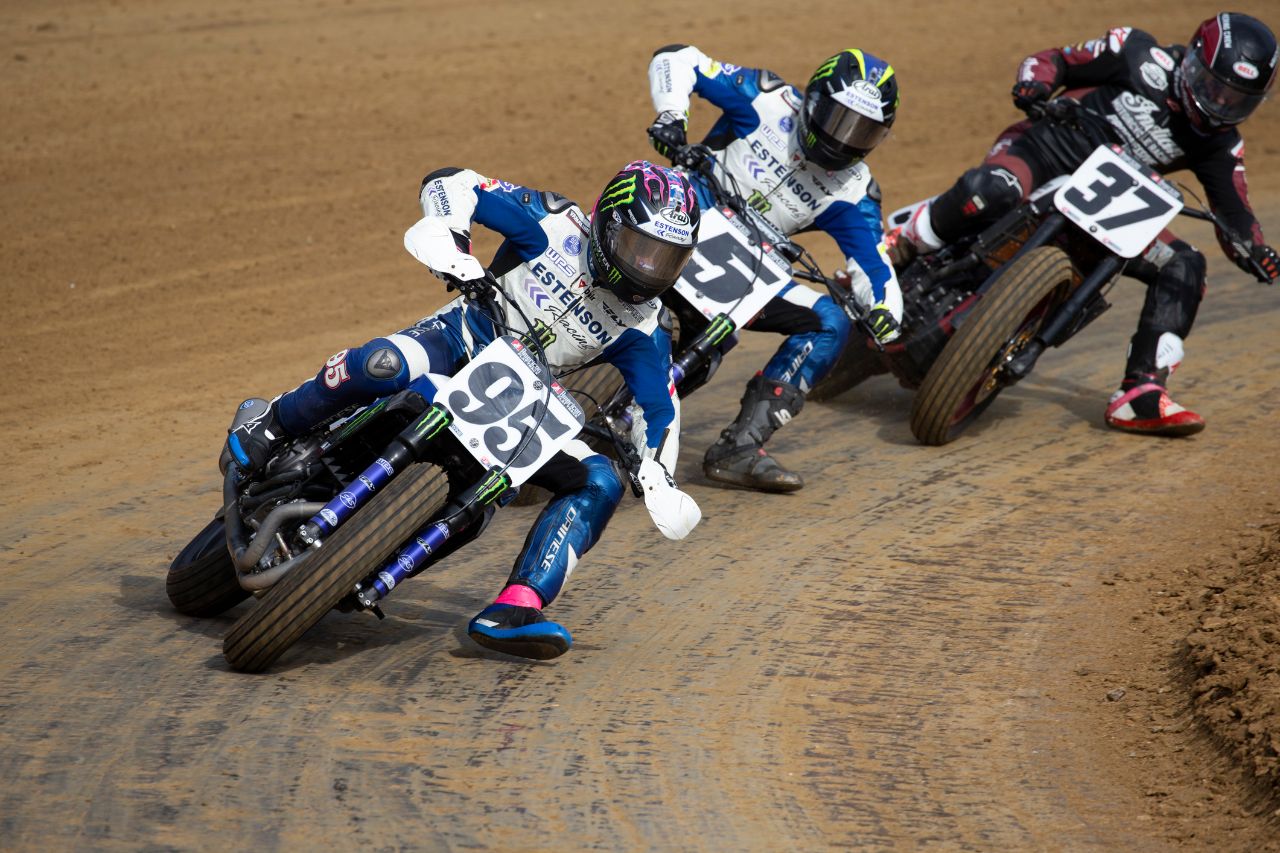
How Yamaha built the MT-07 DT Flat Track motorcycle
“The very first thing that happened was that we were getting a lot of requests for engines for flat track racing,” McCarty said. “We thought we could not only sell the engines but build some performance parts for it as well.”
They then went about developing a head with some help from Vance & Hines, cams by Webb Cam and velocity stacks designed and made by YMUS. For the exhaust, they tested several pipes and settled on a Graves MT-07 pipe, which provided the best all-round performance. They started off with a 700cc, the standard size of the regular MT-07, before eventually boring it out to close to 750cc.
That next thing was the chassis. As mentioned before, it’s not really as easy as just buying one off the shelf. There were a couple of options in the U.S. and McCarty went to California-based C&J, to see if they could design a chassis that was distinct to Yamaha.
“It didn’t turn out like what I was looking for,” McCarty said. “We didn’t want it to be just a Yamaha engine in a C&J frame, or look like any of the other models that they build. I wanted something more relevant and more modern in its design. That kind of got me going on doing our own frame.”
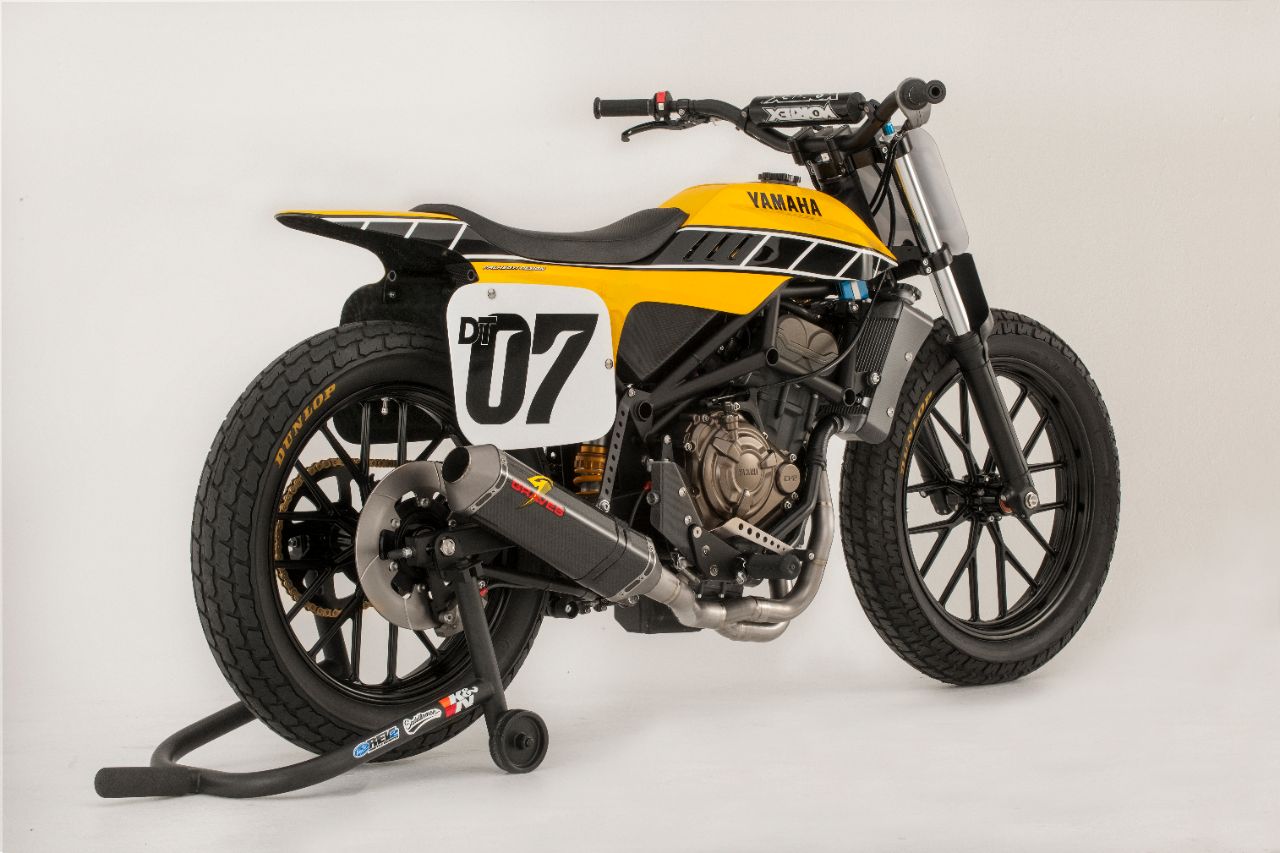
“We started brainstorming about building this frame so we could actually maybe build them and put them into production to race,” McCarty said. “I was responsible for the geometry and that sort of stuff. One of my main objectives was I wanted the bike to have a real air box, not just a K&N stuck on the back of the throttle bodies. I also went to Graves Racing’s Chris Lessing to help with the link and shock settings, which was inspired by road racing.”
With a season of racing under the new machine's belt, it’d taken a win in the top class and multiple podiums, not bad work for such a new machine in a class ruled by older hands.
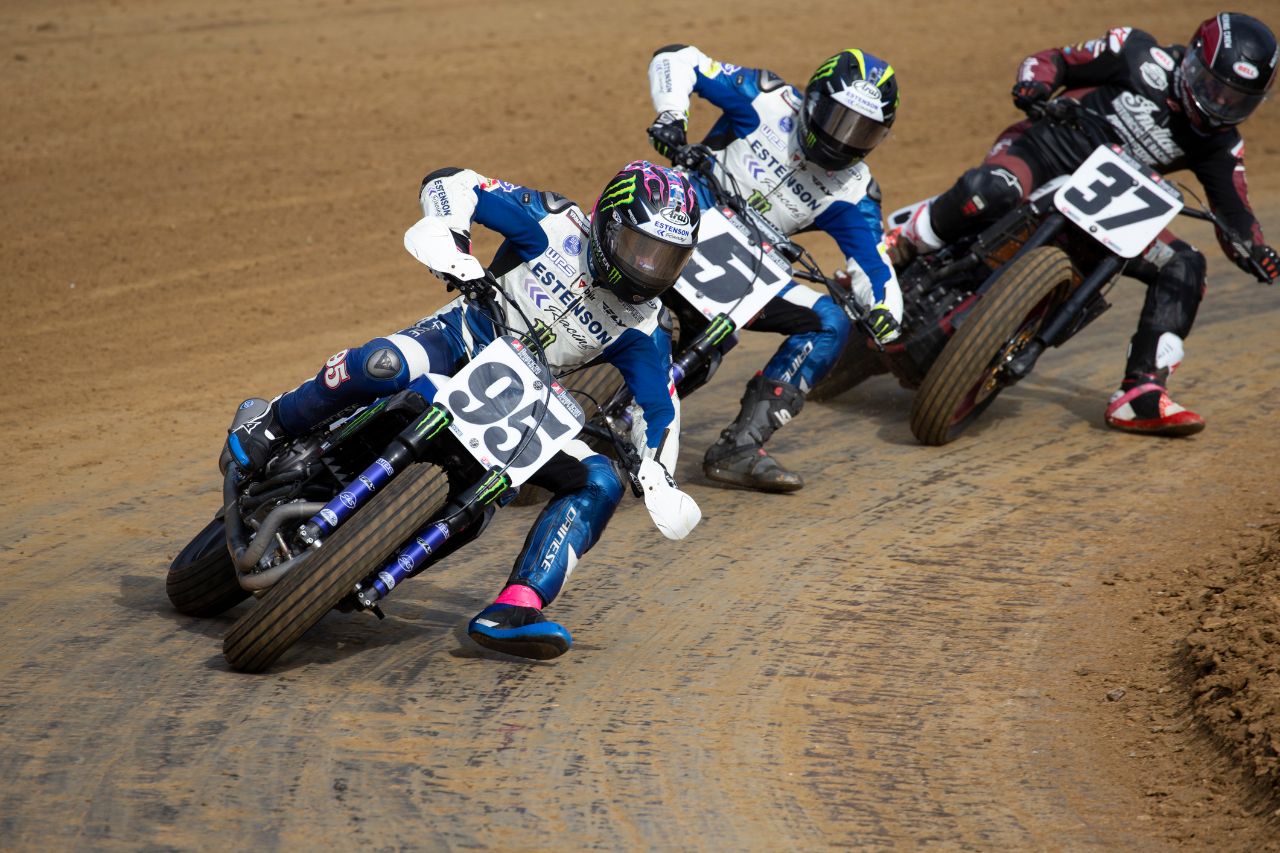
Summing up the changes throughout the project, Hayden said, “It’s evolved a lot… The biggest thing this year is we really increased our level of sophistication on everything we’re doing as far as the measuring of the motorcycle, all of the data collection, all the geometry software, the way we’re dynoing the engines and our ability to now rapid prototype development parts inhouse. As a team, I feel like we have advanced a lot in the way that we are working together as a group and in our discipline with our much more structured workflow process. I feel like we have a lot more accurate documentation of everything that’s going on, every change we make, every part we develop. We’re dealing with a lot of real, hard facts and real numbers instead of, I would say a looser estimate on some of that kind of stuff.”
To watch last year's Super TT on American Flat Track's Facebook page, click here.
